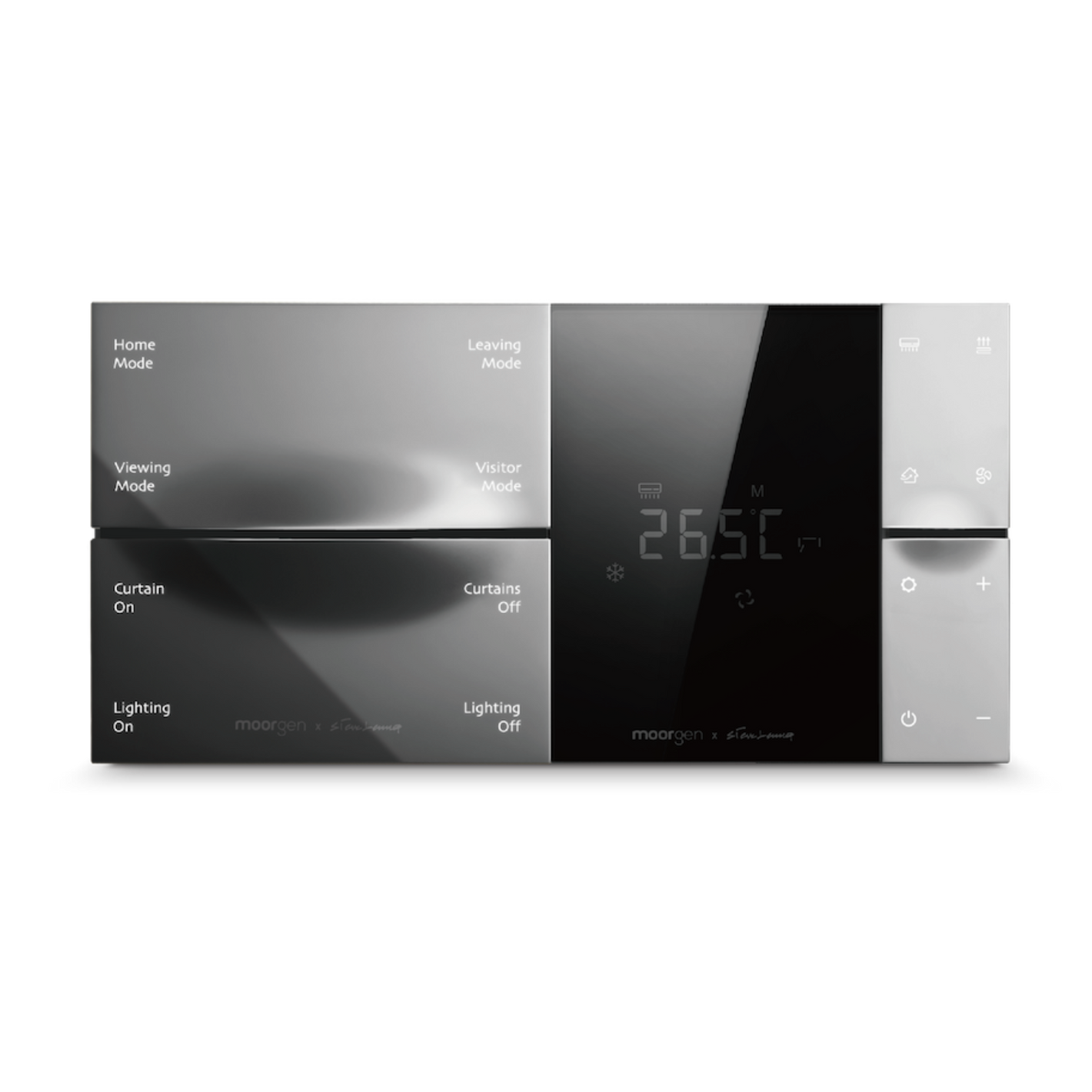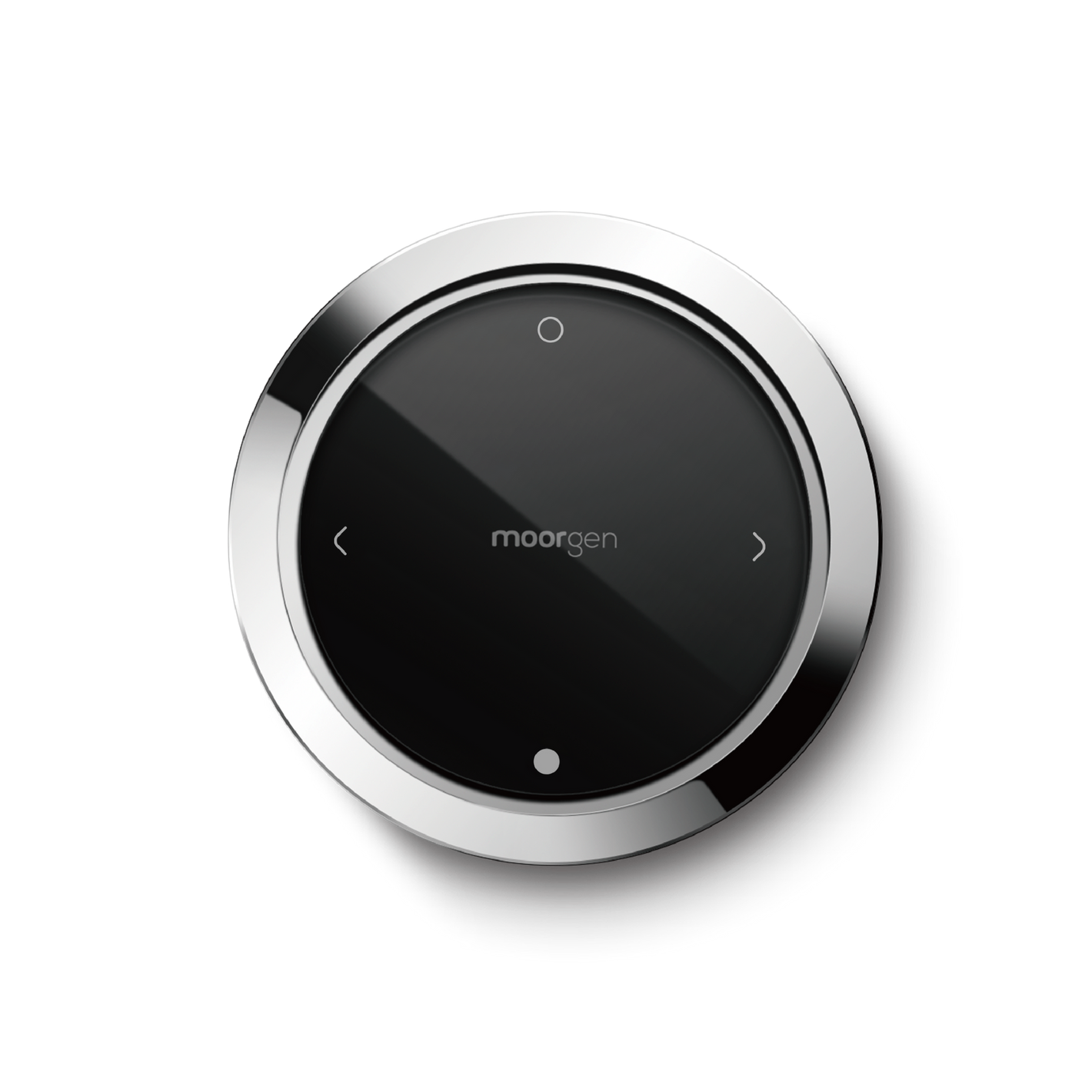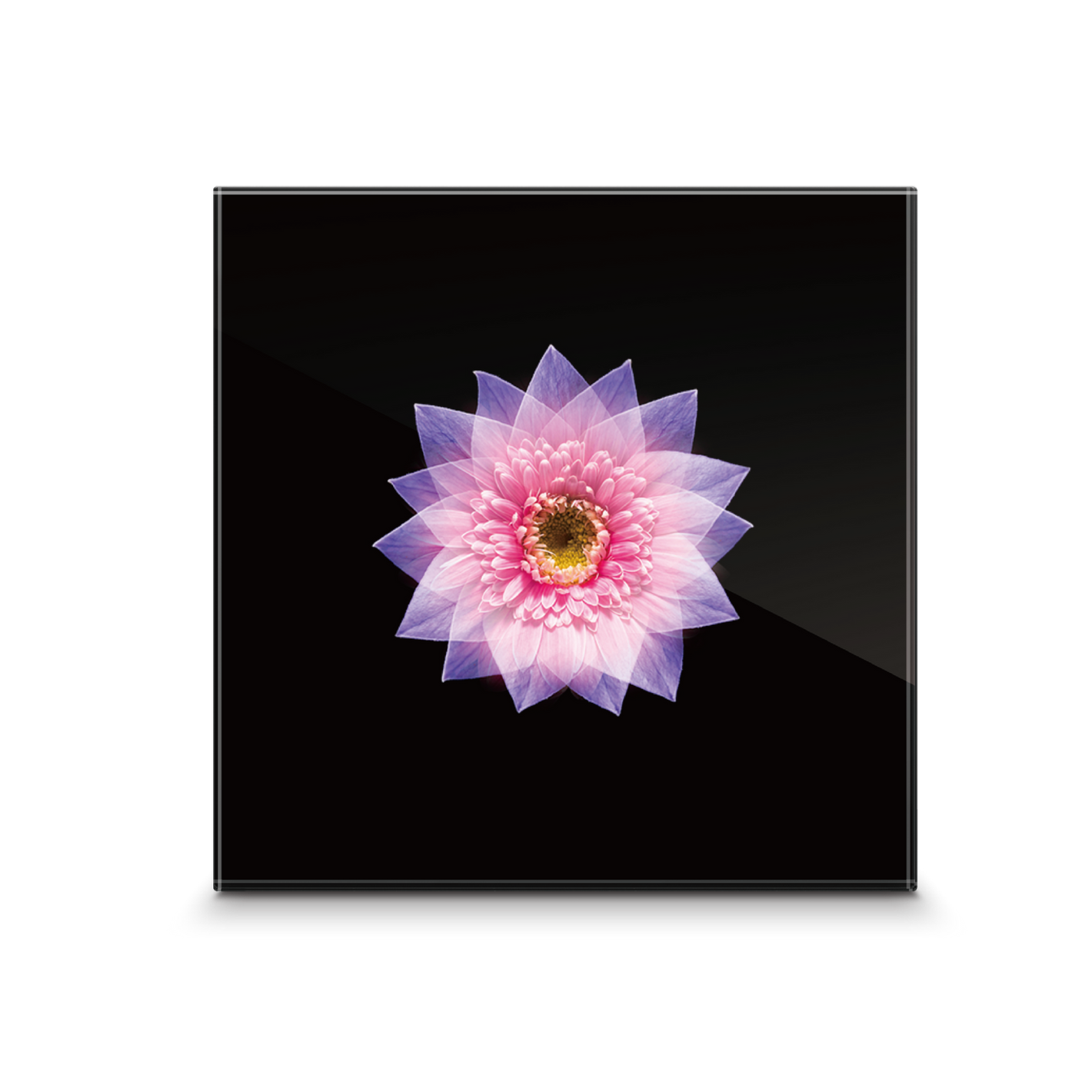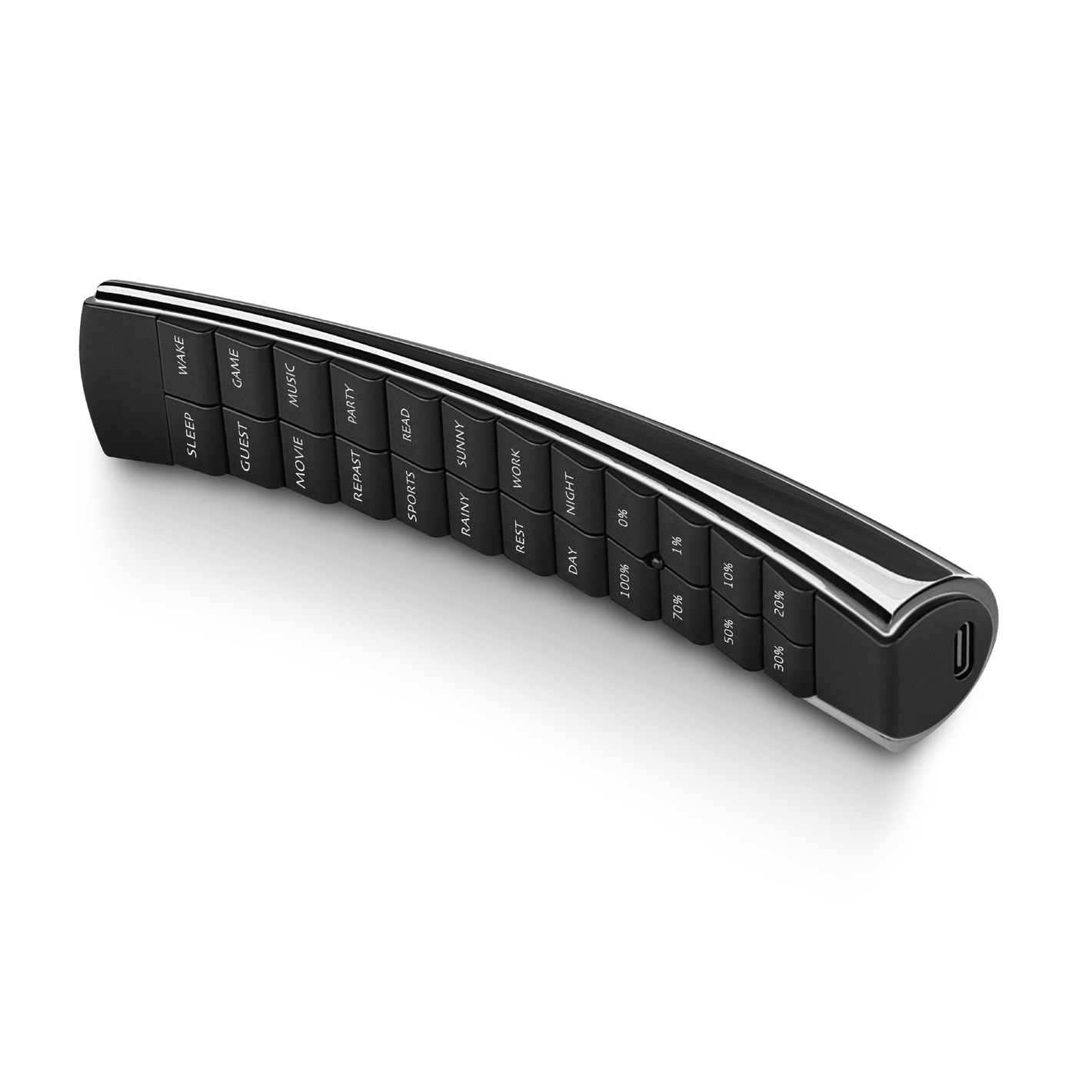【Smart Home = IoT?】Experience the Internet of Things (IoT) at Home
In recent years, we often hear about smart homes. Almost all televisions available in electronics stores are now smart TVs (whether or not we actually use their smart features). In addition, technology companies have introduced voice assistants such as Apple HomeKit, Google Home, Amazon Alexa, and others, attempting to leverage technology to make our lives more convenient and secure. Everyone talks about smart homes, but do we truly understand what a smart home is? And what about the "Internet of Things" (IoT)? How does Moorgen's smart home system stand out as a "true smart home" compared to other voice assistants and smart home systems?
What is the Internet of Things (IoT)?
The Internet of Things (IoT) is a prevailing concept over the past decade. IoT refers to the connection of various electronic devices, sensors, appliances, and even vehicles through the internet, controlled by smart controllers such as smart panels and mobile applications. This connectivity enables these devices to communicate, coordinate, operate automatically, and share data with each other.

(Image Source: Internet)
The history of IoT can be traced back to 1982 when Coca-Cola pioneered the use of smart vending machines to monitor inventory and temperature. It wasn't until 1995 when Bill Gates mentioned IoT in his book "The Road Ahead" that the concept began to gain wider recognition. Cisco Systems, a technology company, believed that we entered a new era of IoT around 2008-2009 when the ratio of connected "things/people" exceeded 1 (in 2010, the ratio was 1.83, meaning that for every 1 person connected to the internet, there were 1.83 connected devices).
IoT in Our Daily Lives
IoT has already become a part of our daily lives. The concept of a smart city, which we often hear about, is essentially IoT. These "smart systems," although invisible to us, operate around us every day. For example, streetlights automatically turn on when sunlight is insufficient, and power supply systems adjust voltage according to the electricity demand in different areas.
The most common encounters with IoT for many people are through wireless radio-frequency identification (RFID) devices or near field communication (NFC) devices, such as Octopus cards or mobile wallets. Additionally, smartwatches are a prevalent IoT application, connecting to the internet to track steps, heart rate, and perform statistical analysis.
Smart Home = IoT?
Once you understand what IoT is, it becomes clear that a smart home is one aspect of IoT. By connecting home appliances, smart plugs, smart bulbs, and other devices to the internet, we can control indoor temperature, adjust lighting and color temperature, open and close curtains, automate laundry, and maintain consistent room temperature through smart panels, smart switches, or smartphone applications. Smart locks, motion sensors, and other devices enhance home security. IoT enables these smart home products to communicate and coordinate with each other, providing a more comfortable, convenient, and secure living experience.
How to Leverage IoT to Turn Your Home into a True Smart Home?
If you purchase individual smart appliances, most brands will have their own dedicated application for controlling the appliances. However, if you have smart products from different brands and companies, you may need to download multiple applications.
If you want a single application or smart panel to control all the appliances and devices in your home, you need to consider whether the products are compatible with certain smart home systems such as Apple HomeKit or Google Home, which are the most commonly used. However, many times, these smart home systems are not specifically designed for smart homes, and technology companies may incorporate additional features that are not necessary for smart homes or block certain functionalities of smart products, which greatly diminish the user experience.
As a premium smart home brand, Moorgen not only offers smart controllers such as smart panels, smart switches, and the Moorgen mobile application that seamlessly integrate with interior design but also integrates most high-end brand home appliances such as Bose speakers into the Moorgen smart home system, allowing you to experience a "true smart home."
Common Smart Home Products
There is a wide variety of smart home products, mostly appliances and devices, available for different areas of the home, from the living room to the bedroom and kitchen. Here are some popular smart appliances that help you understand the benefits of a smart home more easily.
-
Smart Lighting
You can remotely control the lights in every corner of your home through a smart panel or a mobile application. You can also set up automatic schedules to turn the lights on and off. Moorgen's smart lighting system allows you to preset scenes where you only need a single tap to adjust the indoor lighting, brightness, color temperature, etc to predefined settings, such as movie night, dining, or relaxation, effortlessly creating customized atmospheres.
-
Smart Locks + Smart Doorbells
With a smart doorbell, you can monitor the outside of your home door anytime, anywhere, and instantly establish direct conversations with visitors. You can even record video footage and store it. Smart locks can be opened with fingerprint or facial recognition, allowing you to elegantly enter your home even when your hands are full of shopping bags, eliminating the hassle of lost keys.
-
Smart Plugs
Smart plugs can turn regular appliances into smart ones by enabling scheduled automatic on/off control. They can also measure the electricity consumption of the connected devices, provide usage statistics, and help save energy and reduce electricity bills.
-
Smart Air Purifiers
Smart air purifiers not only allow you to set timed air purification but also automatically detect indoor air quality and activate purification when the air quality is poor. They ensure the air reaches an optimal condition before automatically turning off, saving energy while maintaining optimal indoor air quality.
-
Smart Air Conditioners or Smart Thermostats
Similar to smart air purifiers, smart air conditioners or thermostats can be set on a timer and automatically adjust indoor temperature by detecting the room's temperature. They can reduce energy consumption and maintain a comfortable temperature.
-
Smart Washing Machines
Timed laundry is a basic feature of smart washing machines. Additionally, you can control smart washing machines remotely. The good smart washing machines automatically adjust water usage and washing modes based on the laundry load, helping you save water, money, and energy.
These are just a few examples of common smart appliances and devices. If you have any questions about choosing smart home products, you can refer to the "Smart Home Beginner's Guide" to learn more about selecting smart home products.
A smart home is one form of IoT, and turning your home into a smart home means injecting IoT into your living space to make it intelligent and provide a personalized living experience. With rapid technological advancements and the AI boom, smart homes are becoming more reliable and user-friendly. Moorgen is dedicated to researching and developing smart homes, aiming to bring more possibilities to your life.
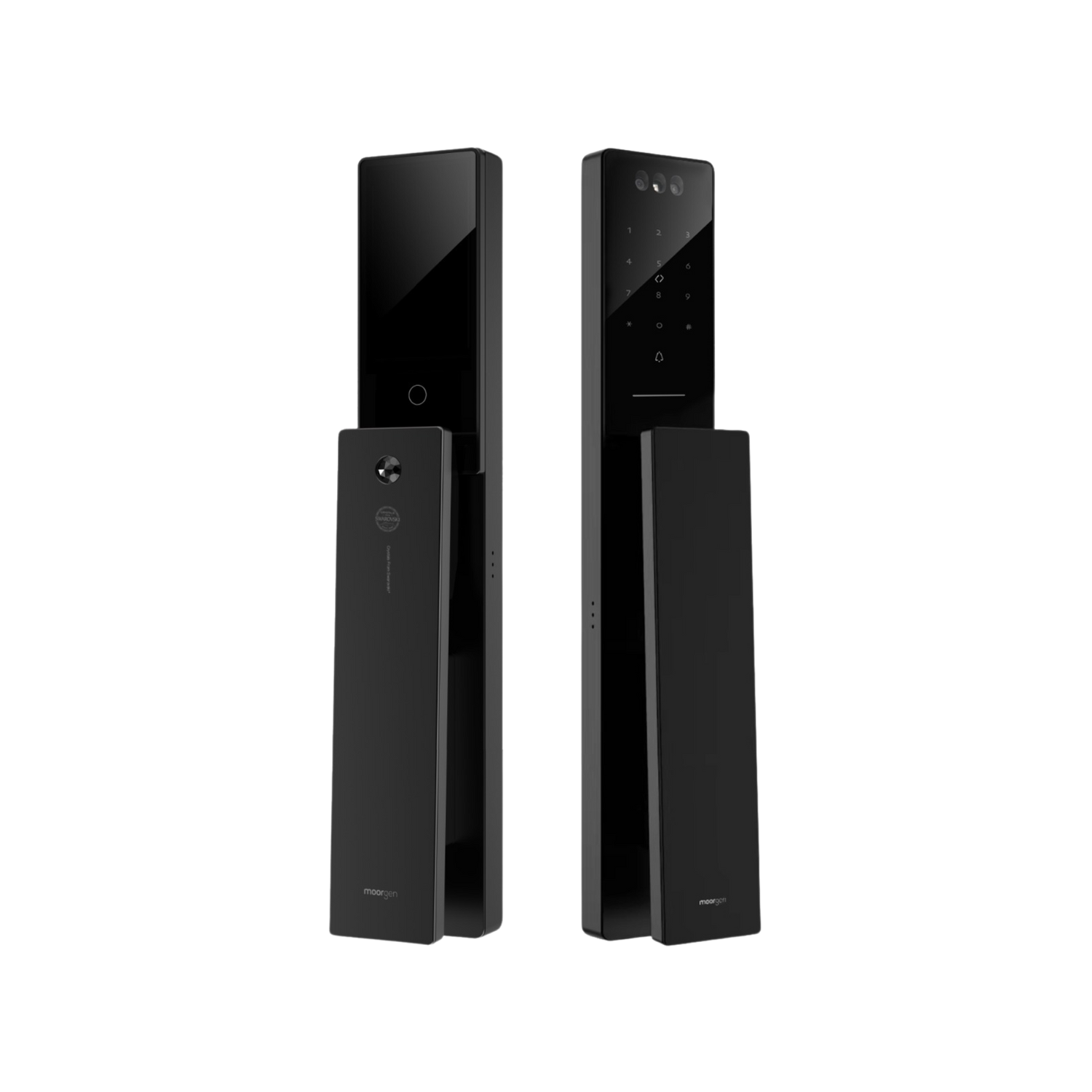


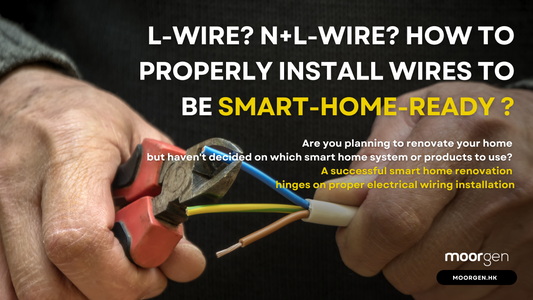



![[Smart Living] How to Choose a Smart Power Strip? Swift Transform Your Home into a Smart Home!](http://moorgen.hk/cdn/shop/articles/blog_cover_moorgen_how_to_choose_smart_power_strip.png?v=1728137093&width=533)
![[Smart Living] How to Choose LED Bulbs? Which Ones Are the Most Energy-Efficient?](http://moorgen.hk/cdn/shop/articles/blog_cover_moorgen_how_to_choose_led_bulbs.png?v=1728136975&width=533)
![[Smart Living] How to Choose an Instant Hot Water Dispenser and Use It Efficiently?](http://moorgen.hk/cdn/shop/articles/blog_cover_moorgen_how_to_choose_instant_hot_water_dispenser.png?v=1728136837&width=533)
![[Smart Living] 5 Energy-Saving Tips for Electric Kettles](http://moorgen.hk/cdn/shop/articles/blog_cover_moorgen_energy_saving_tips_electric_kettles.png?v=1728136710&width=533)
